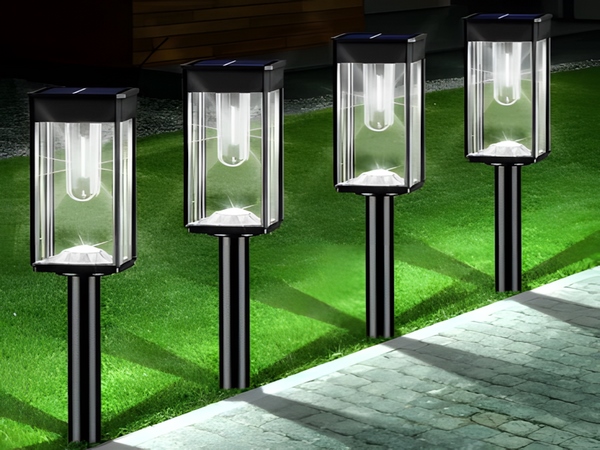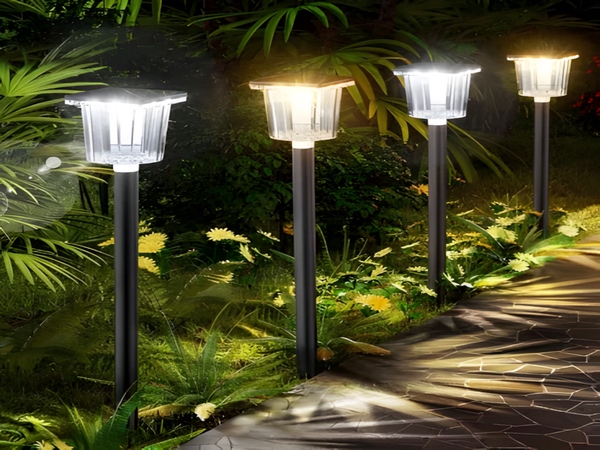

Many people might think that the body of a solar streetlight is simply a lamp shape, and as long as it looks good, that’s enough. However, this perception is not entirely accurate. What are the functions of the solar streetlight body? Here is a brief introduction.

One obvious function of the solar streetlight body is its aesthetically pleasing appearance. Many people consider the design of the solar streetlight when choosing one, as they want it to integrate well with their overall planning and design. If the design is particularly unique or seems out of place, users should think twice before making a selection to avoid a mismatch with the overall urban planning after installation.
In addition to having an appealing look, the solar streetlight body serves another important purpose: heat dissipation. It is known that solar streetlights emit a considerable amount of heat from their LED chips during operation. If this heat is not promptly managed, it can lead to chip damage. Consequently, there are specific requirements for the lamp head of solar streetlights, such as a scientifically designed heat dissipation area, high-quality thermal conductivity materials, and efficient heat absorption properties.
To ensure optimal use of solar streetlights, the lamp body must also include a connection function to attach to lamp posts or other fixed structures. This requires users to check the reasonableness of the connection points and ensure adequate thickness and strength, which in turn helps guarantee the longevity of the solar streetlight.



